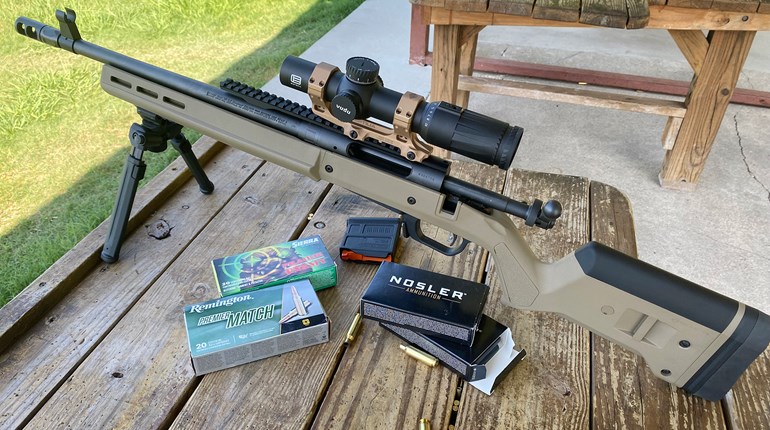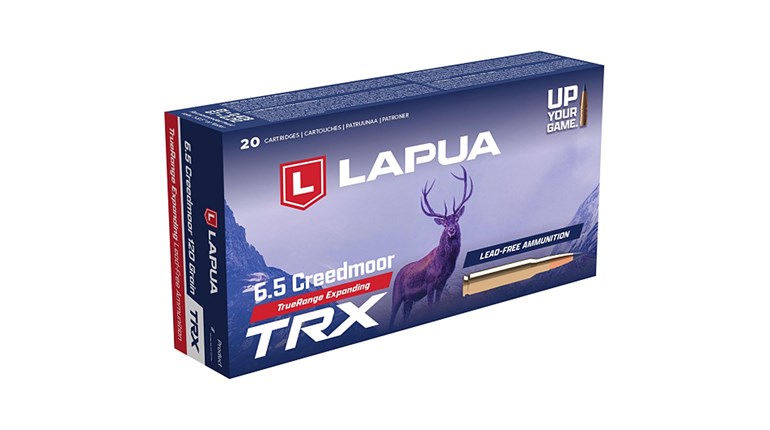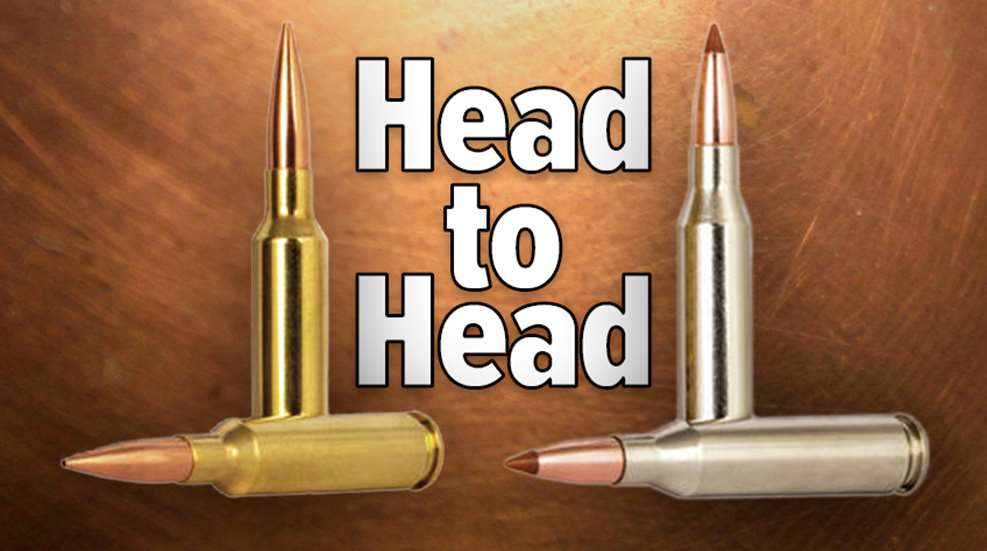
This installment comes at the request of more than one reader, so I’m happy to oblige. While the comparison may seem redundant initially, the intent is to focus on these two cartridges from a hunting perspective—this is American Hunter, after all—and see which of these two excellent cartridges serves the hunter best.
The 6.5mm bore is—and has been—a wonderful choice for most of the popular game species, and historically has been used against species larger than many would associate with a bullet of .264-inch diameter. Elk, moose (especially in Scandinavia), and even lions, buffalo and elephant in Africa have all been taken—and on quite a regular basis over the last century.
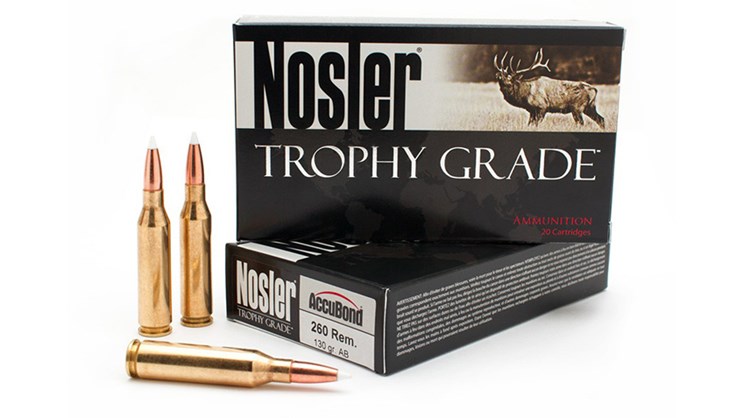
Kenyan game ranger Blayney Percival—brother of famous professional hunter Philip Percival, who hunted with Ernest Hemingway—used his 6.5x54 Mannlicher-Schoenauer for lion control; W.D.M. ‘Karamoja’ Bell used his for elephant. With 156- and 160-grain round nose bullets of excellent sectional density at moderate velocities, hunters learned quickly that the bore diameter was very effective in the field. It was those long, heavy-for-caliber bullets that required a fast twist rate (1:9″) and set the stage for the sleek 6.5mm bullets we use today.
The 6.5x55 Swede has been making meat since the late 19th century and continues to do so each season, with no end in sight, and while it is extremely popular in Europe, the following here in the States is fervent, if small. Winchester tried hard to bring the bore diameter to the with its .264 Winchester Magnum, based on a shortened .375 H&H case, and while that cartridge was fast and accurate, it was shoved out of the limelight by the 7mm Remington Magnum. Remington tried their own hand at the 6.5mm game in 1966 with their short-action 6.5 Remington Magnum. While that cartridge—and its Model 600 and 660 rifles—may have a small, devoted following, it’s become all but obscure.

Remington has long been known for its willingness to legitimize wildcat cartridges—think the .35 Whelen, 7mm-08 Remington and .22-250 Remington—and not unlike the .30-06 Springfield case, the .308 Winchester has been necked up and down across the gamut of bore diameters. Though Art Alphin’s A-Square also had a version, it was the 1997 release of the .260 Remington which was the most popular mating of the 6.5mm bullets and the .308 Winchester case. Based on the success of the 7mm-08 Remington, .243 Winchester and the enormous popularity of the .308 itself, it seemed that the .260 Remington would easily be destined for success, and early on, that seemed to be an absolute certainty.
Pushing a 140-grain bullet at 2750 fps, the .260 Remington is housed nicely in a short-action rifle, and is both wonderfully accurate and easy on the shoulder. It’s a well-balanced design, being nothing other than the .308 necked down to hold 6.5mm bullets, maintaining the same 20-degree shoulder angle as its father, with a case length just .020-inch longer than the .308 Win. With an overall length of 2.800 inches, the .260 Remington makes a wonderful hunting cartridge for many of the popular game species, with the line perhaps sensibly drawn at elk.
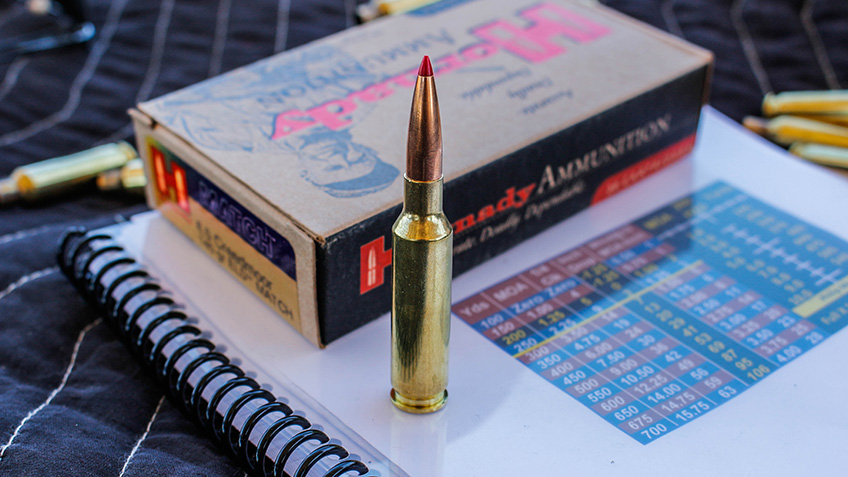
The 6.5 Creedmoor came onto the scene just about a decade later as a result of the work of Dave Emary of Hornady and Dennis DeMille of Creedmoor Sports, who paired to come up with a long-range target cartridge. The 6.5mm bore diameter was an obvious choice, but the .260 Remington case was too long to allow the use of the high B.C. bullets and still maintain the maximum overall length suitable for use in a short-action magazine. To stay within the confines of that magazine limit, Emary reached for the little-known .30 T/C case, itself an attempt at generating true .30-06 Springfield velocities from a short-action cartridge, bettering the .308s velocity.
With the shorter case, the Creedmoor allows the longer ogive bullets—which give the best B.C. values and downrange performance—to be seated properly, whereas the .260 Remington case would require the bullet seated so deep in the case that the case mouth would be aligned with the ogive, and not the shank of the bullet. Using the same case head diameter as the .260 Remington (.473″) but with a 30-degree shoulder, the Creedmoor’s case length comes in at 1.920 inches. With a 140-grain bullet, the Creedmoor gives a muzzle velocity of 2710 fps or so, depending on barrel length, so it’s right on par with the .260 Remington regarding trajectory, when comparing the same bullet weight. The longer, sleeker bullets show their advantage out past 600 yards or so, but that has very little to do with us as hunters.
So, if the two cartridges deliver the same velocities (within reason) and both will fit in a short-action magazine—taking the seriously long target bullets off the table—which makes the most sense for the hunter choosing a petite 6.5mm rifle? I feel that the answer is, quite simply, either cartridge. Let’s face a simple fact: for the long range shooter, the 6.5 Creedmoor will have an advantage, just based on the bullet conformation alone. But, that advantage won’t show itself until well past sane hunting ranges. If we compare the same hunting bullets—and I will say that the market has given the edge to the Creedmoor regarding ammunition choices—any ethical hunter who keeps their shots within 500 yards probably won’t see much a difference at all between the two.
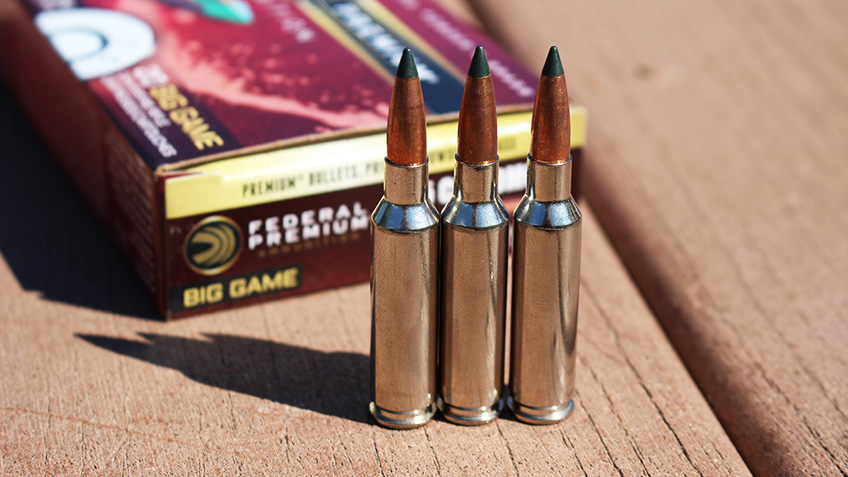
The .260 Remington case holds about one grain of water more than the Creedmoor—53.5 vs. 52.5, respectively—so perhaps it could show an advantage to a zealous handloader, but we’re still splitting hairs. Hornady has, undeniably, done an excellent job in marketing the Creedmoor (so well that some readers will break out in hives at the mere mention of the word) and the rifle side of the equation has followed suit, offering many different makes and models chambered for it.
Forced to make a decision between the two, I feel the wider variety and availability of the 6.5 Creedmoor gives it the edge, but I personally wouldn’t turn down a well-built .260 Remington for any hunt. Load either case with a decent hunting bullet—one that will hold together at close distances, yet expand at lower velocities—and you’ve got a setup that will put meat in your freezer for a lifetime. In the hunting fields, a competent rifleman will be able to take either cartridge and get the job done.
Looking for previous installments of our "Head to Head" series? We've got you covered.
• .303 British vs. 8x57 Mauser
• .30-06 Springfield vs. All Other .30s
• .17 HMR vs. .17 WSM
• .450 Nitro Express vs. .470 Nitro Express
• 350 Legend vs. .35 Remington
• .280 Ackley Improved vs. 7mm Rem. Mag.
• .404 Jeffery vs. .416 Rigby
• .243 Winchester vs. 6mm Creedmoor
• .300 PRC vs. .300 Win. Mag.
• .30-06 Springfield vs. .270 Winchester
• 6.5 Creedmoor vs. 7mm-08 Remington
• 8x57 Mauser vs. .318 Westley Richards
• .358 Winchester vs. .350 Remington Magnum
• .22-250 Remington vs. .220 Swift
• .270 Winchester vs. .270 WSM
• .26 Nosler vs. 6.5-300 Weatherby Magnum
• .458 Win. Mag. vs. .458 Lott
• 7mm Rem. Mag. vs. .300 Win. Mag.
• .243 Winchester vs. 6mm Remington
• 7x57mm Mauser vs. 7mm-08 Remington
• .25-06 Remington vs. .257 Weatherby Magnum
• .338 Winchester vs. .375 H&H Magnum
• .30-30 Winchester vs. .35 Remington
• .257 Roberts vs. .250-3000 Savage
• .270 Winchester vs. .280 Remington
• .35 Whelen vs. 9.3x62mm Mauser
• .416 Rigby vs. .416 Remington Magnum
• .308 Winchester vs. .30-06 Springfield
• .22 Nosler vs. .224 Valkyrie
• .300 Win. Mag. vs. .300 WSM
• .223 Remington vs. .22-250 Remington













